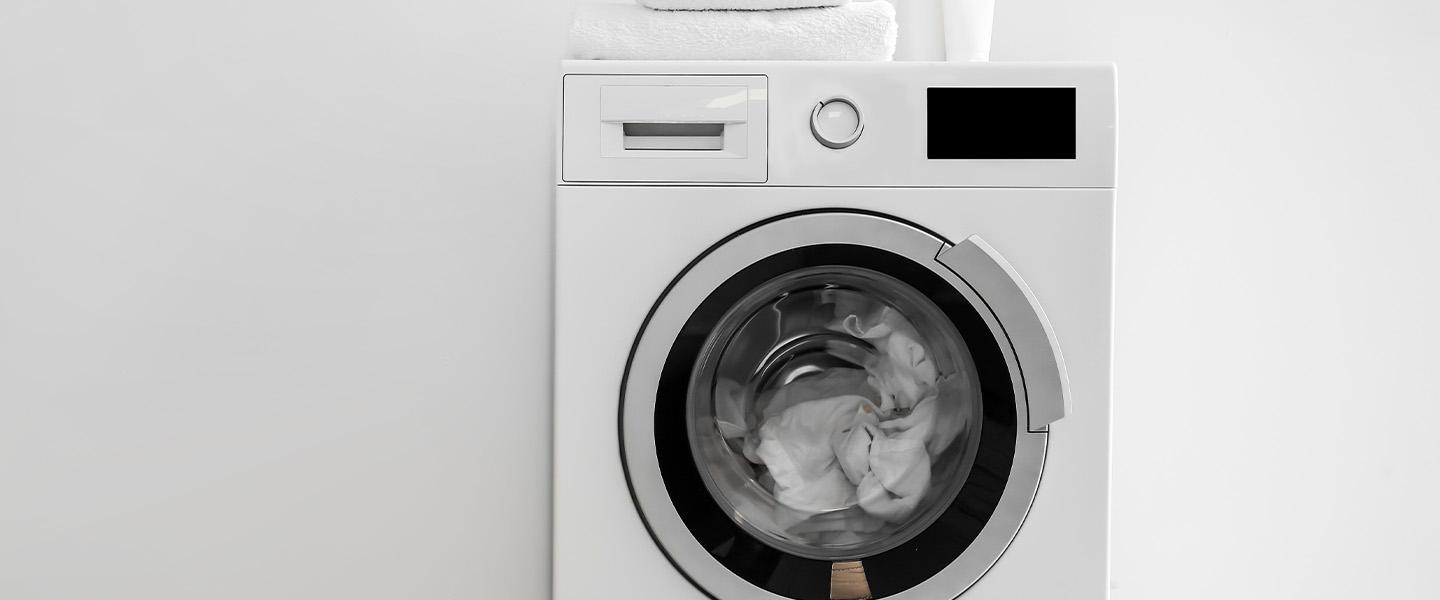How To Wash a Weighted Blanket
For many people, weighted blankets provide a sense of tranquillity, as well as help with sleep and health issues. If you own a weighted blanket or are thinking of purchasing one, it is important that you learn how to care for your blanket correctly.
You will want your blanket to stay nice and clean, but regular use or accidental spills mean that it will require cleaning at some point, whether that is a full wash, spot cleaning, or just cleaning the weighted blanket cover.
This post will take you through how to wash a weighted blanket and everything you need to know for the process.
Preparing your weighted blanket to be washed
The first step in preparing weighted blankets for being washed is to check the tags to read the washing instructions. Depending on the fabric, style, or brand of the blanket, there may be special washing requirements that you should know before starting.
After reading the washing recommendations, you will be better placed to know the best way to wash your blanket.
Care guidelines for weighted blankets
Your weighted blanket will come with care guidelines attached via labels, and some may come with separate instructions that will advise on the best way to care for the weighted blanket.
Care guidelines differ depending on the materials used to make the blanket. Here are some of the more common care guidelines you are likely to see.
Machine wash and dry
This means the blanket can be washed and dried in a machine. You will be advised whether to use cold or warm water. You should always use a gentle cycle and use a mild laundry detergent. Always avoid whitening agents and bleaches, as well as fabric softener unless advised otherwise.
To dry your weighted blanket, you should select light or medium settings while periodically fluffing the blanket during the drying process.
Machine wash, air dry
This allows you to machine wash the blanket as previously advised, but you should not machine dry it. To dry the blanket, try to spread it flat to avoid an uneven distribution of its inner filling.
Machine wash, cover only
If the blanket has a removable cover, you may be provided with separate care guidelines for this and the blanket. Covers are considerably easier to clean than blankets and can be a great idea for protecting and lengthening the life of the blanket.
Covers tend to be machine washable in cold or warm water and more straightforward to dry than the blankets.
Spot clean or dry clean only
If the care guidelines for the blanket advise spot cleaning or dry clean only, never wash the entire blanket by hand or put it in a washing machine. Professional dry cleaners will be able to help clean the weighted blanket.
Spot cleaning can be carried out by hand, but you should be careful not to scrub too hard or use any strong chemicals that may damage or stain the blanket. Use your fingers or a brush with soft bristles to gently massage the stain with a gentle stain remover before thoroughly rinsing.
How to wash a weighted blanket in 5 easy steps
You've read the washing instructions on your weighted blanket, but before you throw it in the washing machine, carefully consider these 5 steps.
Step 1 - Inspect the blanket
Checking your blanket thoroughly before washing will help you determine the level of cleaning the blanket requires. It also allows you to locate any stains and treat them before washing the blanket. This will help to minimise the chance of the stain setting.
Step 2 - Rinse stains
Hold the stained section under cold running water to loosen the fibres and remove dirt. Be sure to hold the blanket in a way that will stop water and dirt from running down the blanket or spreading the stain.
Step 3 - Treat the stain
After soaking the stain, you should then treat it using a stain remover designed for the blanket's fabric. Liquid stains should be treated with sprays and grease stains with soap. You can then gently rub the stain using a soft brush or your fingers.
Step 4 - Rinse the stained section
Rinse the stained section under cold water again to remove the cleaning agent and dirt. If the stain is still present, repeat the steps.
Step 5 - Wash the blanket
You can now wash the blanket how the instructions advise. For more information on how to wash a weighted blanket using a washing machine or by hand washing, continue to read this post.
Washing weighted blanket covers
Some weighted blankets come with covers that are relatively easy to clean. Covers are a great way to protect the main blanket from getting dirty, meaning you won't have to wash them as often.
Step 1 - Remove the blanket cover
Removing your weighted blanket cover should be straightforward, and poppers like a traditional duvet cover usually keep them on.
Step 2 - Wash the weighted blanket cover in a washing machine
Weighted blanket covers aren't as bulky or heavy as the blankets themselves and can be washed in a washing machine on a gentle cycle using cold water. A little liquid detergent can be used, and if it is the first wash, it should be washed separately from other items using a cup of salt to help set the colours and stop them from running.
Step 3 - Dry the weighted blanket cover
You can either hang the cover outside to air dry or use low heat on your tumble dryer to dry it.
Using a machine to wash your weighted blanket
Follow these instructions if you have checked the label and your weighted blanket allows machine washing.
Step 1 - Check the washing instructions
Always check the washing instructions again as different materials will have different instructions. Most weighted blankets require a cold wash. A cotton weighted blanket is generally easier to machine wash than other types.
Step 2 - Consider the weight of your blanket
Blankets that exceed 12 pounds should be washed in a commercial washing machine, and your washing machine will also have a load weight limit for you to check. You can take your weighted blanket to a professional launderette that has larger machines.
Step 3 - Select the suitable wash cycle
You must select the most suitable wash cycle for your blanket. Try to choose the lightest, gentle setting with a gentle laundry detergent. Do not use detergents that contain whitening agents or bleach.
- Fleece weighted blankets should be washed on a gentle, cold wash without fabric softener.
- Chenille blankets should also be washed using cold or tepid water.
- Bead inner blankets or poly pellet blankets can be washed using warm water, but not hot.
- Inner blankets made from 100% cotton can be washed in warm or cold water delicate cycles.
- If your weighted blanket is waterproof, you may find these more difficult to wash, but you should still avoid bleach. Warm or hot water cycles are best for these blankets.
- Using a fabric softener, flannel blankets can be cleaned in medium or cold water cycles.
Hand washing weighted blankets
If the blanket instructions advise to hand wash only, follow these instructions on how to hand clean weighted blankets.
Step 1 - Half-fill your bathtub
Bathtubs are best for cleaning your weighted blanket as they are usually large enough. Half-fill the tub with tepid water, leaving enough space for the blanket to fit in without the water spilling.
Step 2 - Add a mild detergent
Use a mild detergent and add it to the water. Between one and half a cup should be adequate. Mix the detergent into the water using your hand.
Step 3 - Put the blanket into the bathtub
Fully submerge the blanket and gently knead it, especially in places you know are stained or dirty. After this, drain the bathtub with the blanket still inside.
Step 4 - Use fresh water to rinse the blanket
Using fresh water, rinse and repeat the process until there is no more soap on the blanket and the water is clear.
Step 5 - Remove excess water
Roll the blanket and squeeze it to remove excess water. Pressing it while it is in the bathtub should remove most of the water. Do not wring the blanket as this could cause damage.
Step 6 - Dry the blanket
Hang the blanket somewhere to dry. If the weather is nice, the garden is the best place to dry your blanket to ensure no water drips in your home. If that is not possible, laying it inside and using towels to catch drips is advised.
Drying your weighted blanket
Drying blankets can be tricky enough, so it can be difficult when you add the initial weight of the blanket with the added weight of water. Follow these steps to learn how to dry a weighted blanket.
Tumble drying a weighted blanket
Always check the dryer capacity to ensure it will handle the weight of your blanket. Select a low setting and add a towel into the dryer to help fluff your blanket up during the process.
Air drying a weighted blanket
Weighted blankets shouldn't be hung on a washing line as this can stretch the material. Instead, lay the blanket evenly over a bannister or table if outside. To ensure the weight is distributed evenly, you can regularly shake the blanket.
How often should weighted blankets be washed?
How often you clean your weighted blanket should depend on how often you use it. If used every day, the blanket should be washed every two to three weeks. If used occasionally, it should be cleaned between three and four times a year.
Regular washing of a weighted blanket will significantly reduce how long it lasts, so investing in blanket covers can be a great way to combat that. In addition, you will be able to remove and clean the cover frequently and more efficiently, prolonging the life of your blanket.
Weighted blankets, on average last about five years before they need to be replaced. This will differ depending on use.
Should weighted blankets be ironed?
Some people go to the effort of ironing bed linen after washing and may be wondering whether it is a good idea to iron weighted blankets. In short, it is not a good idea.
Ironing weighted blankets can cause harm to the filler, whether that is plastic or glass beads. You should iron a weighted blanket only if the care guidelines advise that this will not harm the materials used.
If you are concerned about creases after washing a weighted blanket, taking the time to flatten it out as it dries can make a big difference.
What is the best way to clean spills on a weighted blanket?
Spills and stains from coffee, soft drinks, or wine can cause stains. Nobody sets out to do it, but accidents happen, and there are ways you can protect or clean your blanket if you do spill something.
One great way to protect your weighted blanket is by using a blanket cover, and this can then be taken off and washed in a washing machine. It will also help protect your weighted blanket from the damage caused by repeated washing.
If you do spill something on your weighted blanket, pre-soaking or pre-treating the stained area before washing can be a great way to ensure the stain doesn't set.
Despite our repeated advice not to use bleach, it is, on rare occasions, suitable when you use non-chlorine bleaches that are safe for colours. We would reiterate to try and avoid this when possible, but some stains like red wine can be challenging to remove. Always carefully follow the care guidelines for the blanket and advice on the cleaning product to avoid making the stain worse.
Spot cleaning small stains can work if you catch them quickly enough. You will have to be careful not to scrub too hard and always use a gentle detergent. You should also be careful to rinse and dry the area after, as water can stain your blanket.
Final thoughts
Weighted blankets offer many great benefits that can help with poor sleeping habits or sleep disorders, chronic illnesses and pain, and mental health, so you shouldn't be put off because they take a bit more work to clean than traditional blankets. There are also other great products that can help to improve your wellbeing, such as pillows and electric blankets.
By following the care advice provided by the blanket manufacturer and the tips provided by us in this post, you will be able to ensure your blanket stays stain free, hygienic, and remains in good condition.
For more guides on weighted blankets, check out the pages below:
What is a weighted blanket? Everything you need to know about a weighted blanket
You Need To Know About A Weighted Blanket
How To Use A Weighted Blanket
How Heavy Should a Weighted Blanket Be?
What's trending now...
-
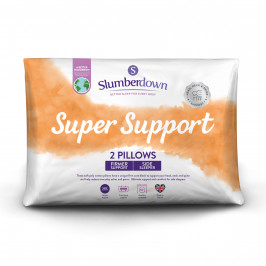
Slumberdown Super Support Firm Support Side Sleeper Pillow, 2 Pack
£17.00
Shop Now -
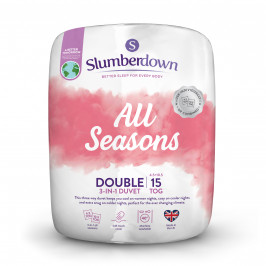
Slumberdown All Seasons Combi 15 Tog (10.5 + 4.5 Tog) Double Duvet
£30.50
Shop Now -
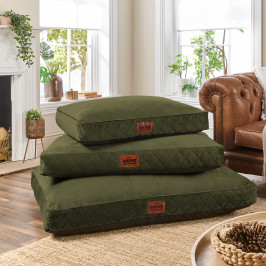
Slumberdown Paws for Slumber Olive Green Pet bed, Medium
£39.00
Shop Now -
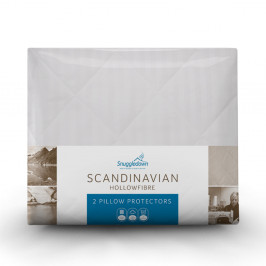
Snuggledown Scandinavian Hollowfibre Pillow Protector - Pack of 2
£15.00
Shop Now -
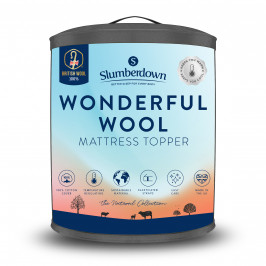
Slumberdown Wonderful Wool Mattress Topper
From: £54.50
Shop Now -
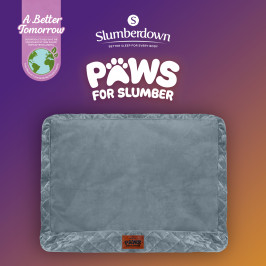
Slumberdown Paws for Slumber Extra Large Pet Bed Spare Cover, Grey
£20.00
Shop Now -
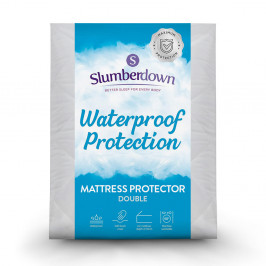
Slumberdown Waterproof Mattress Protector - Double
£17.50
Shop Now -
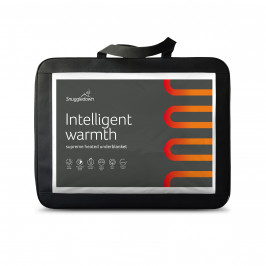
Snuggledown Intelligent Warmth Heated Topper - King
£125.00
Shop Now -
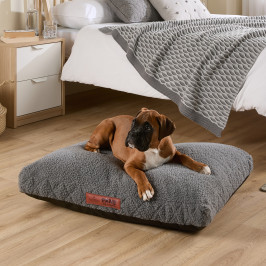
Slumberdown Paws For Slumber Sherpa Pet Bed, Medium
From: £25.00
Shop Now -
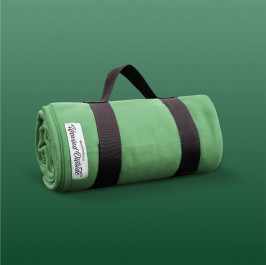
Slumberdown Unwind Outside Endless Lazing Waterproof Blanket, Light Green
£49.00
Shop Now -
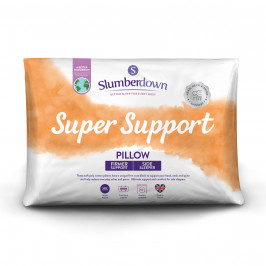
Slumberdown Super Support Firm Support Side Sleeper Pillow
From: £17.00
Shop Now -
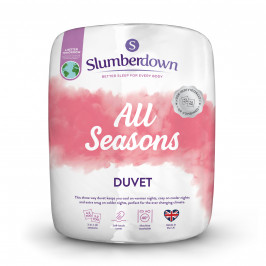
Slumberdown All Seasons Combi Duvet
From: £25.50
Shop Now -
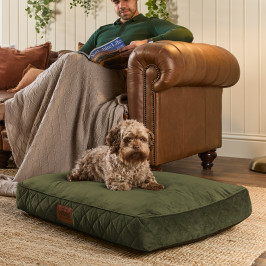
Slumberdown Paws for Slumber Medium Pet Bed
From: £39.00
Shop Now -
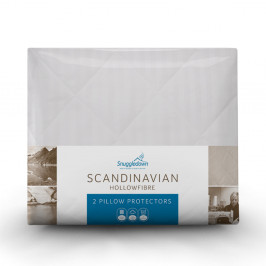
Snuggledown Scandinavian Hollowfibre Pillow Protector
From: £15.00
Shop Now -
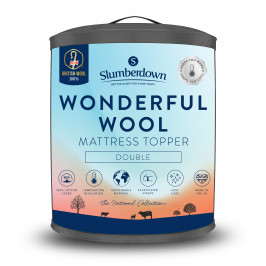
Slumberdown Wonderful Wool Mattress Topper, Double
£54.50
Shop Now -
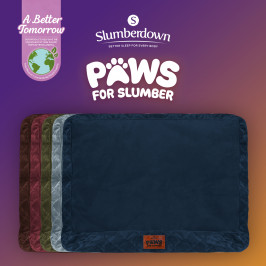
Slumberdown Paws for Slumber Extra Large Pet Bed Spare Cover
From: £20.00
Shop Now -
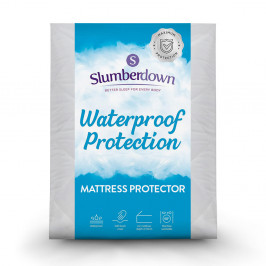
Slumberdown Waterproof Mattress Protector
From: £16.00
Shop Now -
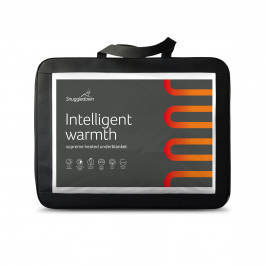
Snuggledown Intelligent Warmth Heated Topper
From: £110.00
Shop Now -

Slumberdown Unwind Outside Endless Lazing Waterproof Blanket
From: £49.00
Shop Now -
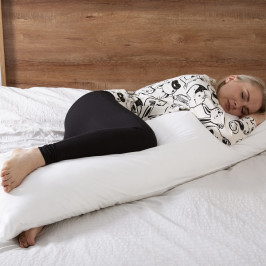
Slumberdown Body Support Pillow, 1 Pack, Includes 100% Cotton Pillow Case
£20.00
Shop Now -
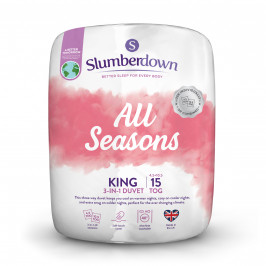
Slumberdown All Seasons Combi 15 Tog (10.5 + 4.5 Tog) King Size Duvet
£34.00
Shop Now


